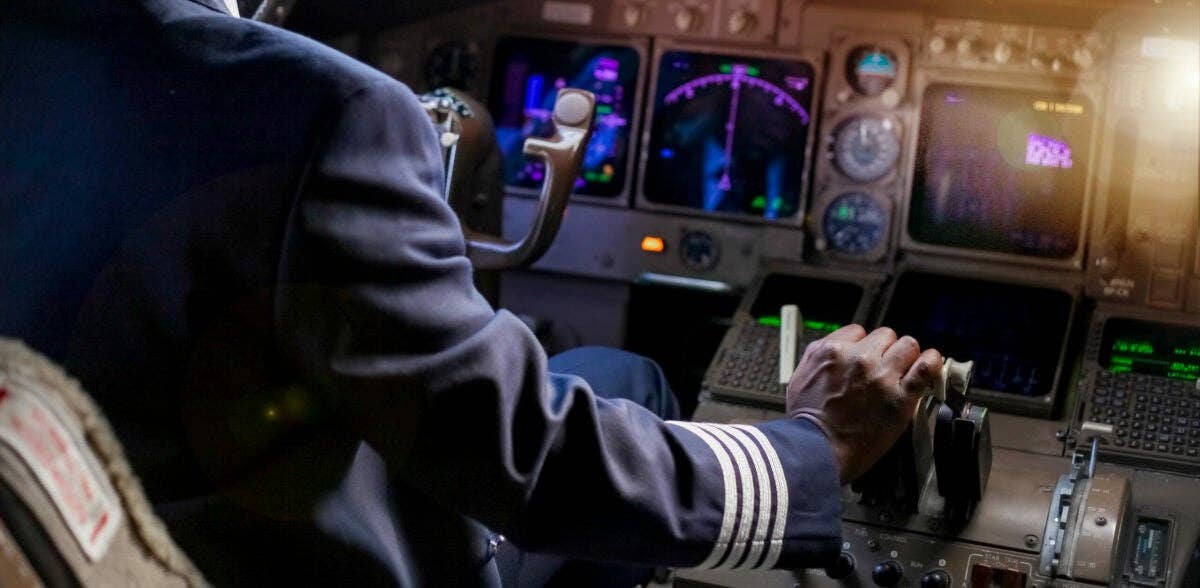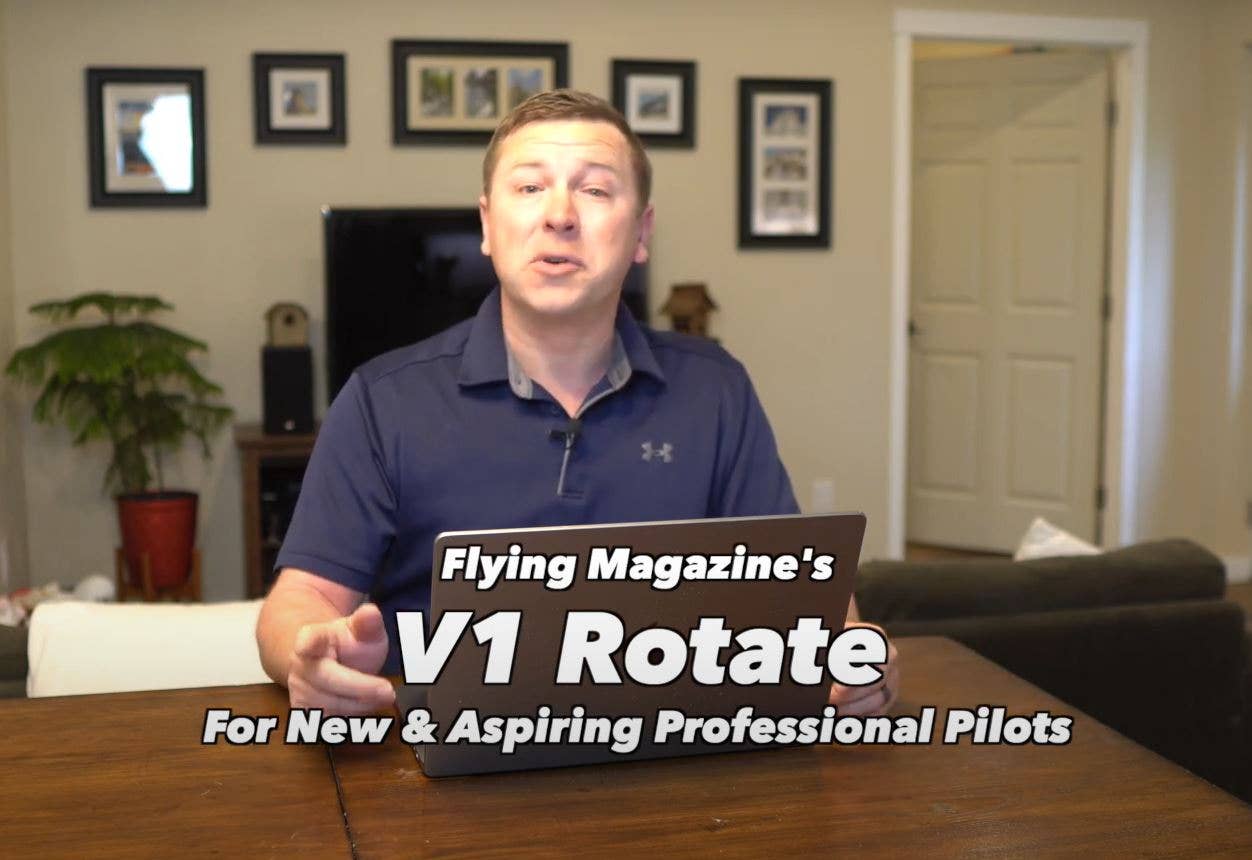How to Write an Aviation Cover Letter
It probably won’t apply to all jobs in the industry, but a cover letter a good way to distinguish yourself from the pack.

[File photo: Adobe Stock]
So far in this series, we have covered how to write an aviation resume and how to apply for a pilot job online. There is a third career media skill that is important to know, though it won’t apply to all positions, and that is how to write a cover letter.
The cover letter may seem like a bit of an anachronism, and in some ways it is. Few large airlines ask for one anymore; you may have noticed that the AirlineApps base application doesn’t even allow you to attach a cover letter (or a resume, for that matter). At large airlines doing a great deal of hiring, the process is quite data-driven, and the computer that spits out your name to be interviewed by a human will have zero appreciation of a well-crafted cover letter. Still, even at these companies you will bring your resume to the interview, and this should be accompanied by a cover letter—even if it seems destined to languish, unread, in the interviewer’s file folder.
The cover letter assumes much greater importance for corporate jobs, at smaller companies, whenever mailing or emailing your resume unbidden, when pounding the street and “cold-calling” potential employers, and when meeting recruiters at job fairs. Your cover letter accompanies and enhances your resume by fleshing out a potential employer’s idea of you. It’s more important in the early stages of your career, when your credentials alone aren’t so impressive. By presenting a neat, well-organized, well-written cover letter, you are introducing yourself as a neat, well-organized, and intelligent candidate—a future employee more valuable than your certificates and hours alone might indicate.
Not a Writer?
The challenge here is that there are plenty of people who are neat, well-organized, and intelligent who are not naturally good writers. If this describes you, I highly suggest that you enlist the help of more literate friends or family members, even to the point of having someone ghost write your basic cover letter. If you don’t know such a person, hire one online (starving writers are a dime a dozen), and get them to proof your resume while you’re at it. Readability is everything; an overly wordy, confusing, or typo-riddled cover letter will quickly be cast aside.
What Goes in a Cover Letter?
Your cover letter should take the form of a one-page business letter; an example is above with a key for reference. The letter need not be long, and in many cases might fill half the page. It should be left-justified in block format, with a single space between most elements before the signature block. It should be semi-formal in tone, use active voice, and be personalized for each job that you are interested in. Most will be similar enough that it’s useful to create a baseline stock copy, and then modify as needed.
The first element is your home or permanent address, without your name or title (1). After a single space, put today’s date, in written rather than digital format (2). Next, write the name and address of the company you are targeting (3). Ideally you will know the name and title of the person who does the hiring, and this should precede the address. Do some digging if necessary; this will demonstrate knowledge of the target company.
The salutation (4) should be personalized if you know the recipient’s name, and should take the form of “Dear Ms. Lastname,” “Dear Mr. Lastname,” or “Dear Firstname Lastname.” If you don’t know the recipient’s name, the salutation should be gender-neutral. “To Whom It May Concern:” is rather impersonal; “Dear Sir or Madam,” or “Dear Sir/Madam,” is better.
The body of the letter should be three or four paragraphs. In the first paragraph (5), state your purpose for writing, i.e. your interest in the job. This is a good place to demonstrate knowledge of the company, to appropriate their buzzwords or slogans, and to drop the names of any internal recommendations. This is a place for active verbs and vivid adjectives. You are capturing the reader’s interest.
In the middle paragraph or paragraphs (6), you are summarizing your background and experience as it relates to this particular job. You don’t want this to just be a redundant reiteration of your resumé; you want to better flesh out who you are, why you want the job, and why you’d be the ideal candidate, making your case in ways that you cannot within the rigid confines of a resumé. It’s OK to get a little personal here, sharing the influences that made you who you are, and explaining (in a positive manner) why you’re ready to move on to this job (7). This is a good spot to humblebrag how you’ve been a positive force at your current and previous employers (8), and to bring up subtle factors that set you apart from the competition (9).
The closing paragraph (10) is the place to make your call to action. You’re asking for an interview here; don’t be shy about it. Make reference to enclosures, include your contact information, and close on a gracious note.
The signature block (11) should include a valediction (“Sincerely,” is a safe bet; “Sincerely yours,” “Respectfully yours,” or “Cordially,” are also good options), and then four spaces, followed by your name, formatted as it appears on the header of your resume. Within the four spaces you can insert a graphic of your signature, or leave blank to be physically signed if printed on paper, or just leave blank altogether. After your name and an additional space, type the word “Enclosures:” and the number of physical or email attachments included.
If this cover letter is intended to be taken with you while you pound the pavement or attend job fairs, print it on high-quality paper similar (but not necessarily identical) to that of your resume.

Subscribe to Our Newsletter
Get the latest FLYING stories delivered directly to your inbox






